In the SEL Lab, research focuses on changes in vegetation, plant herbivore interactions and culturally important plant species in alpine and arctic ecosystems. Our work is usually conducted with local community, government and Indigenous partners to support decision making and environmental stewardship.
Nch’kay Alpine Project

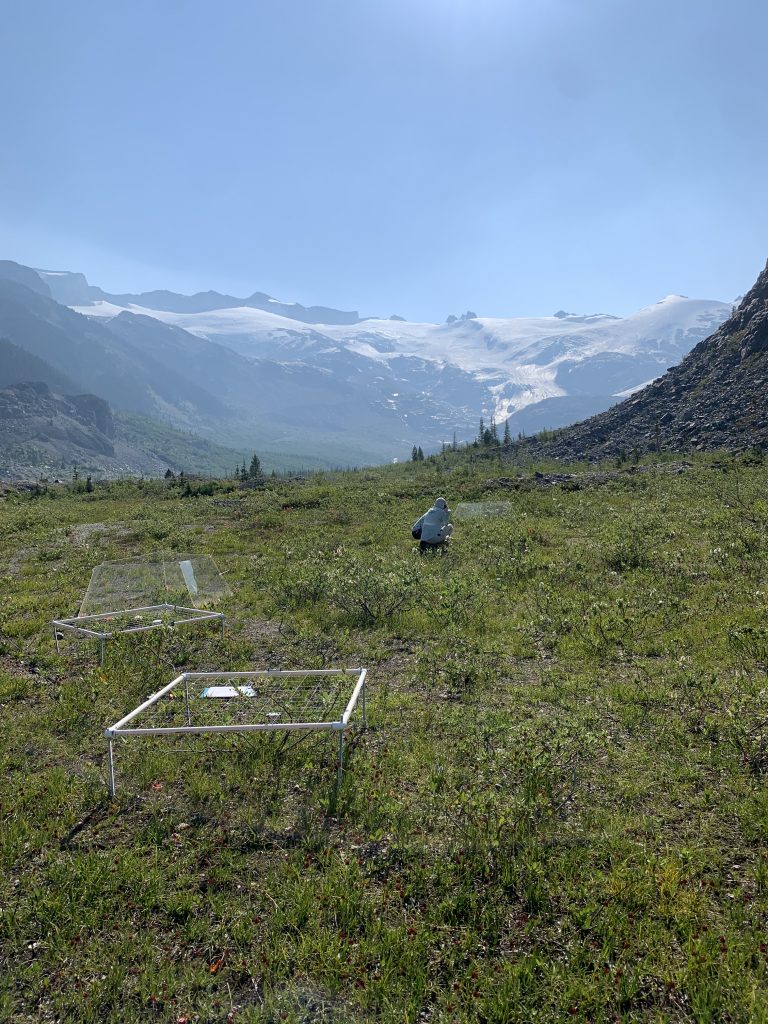
The Nch’kay Alpine Project, conducted on the unceded Sḵwx̱wú7mesh territory, examines the effects of climate change on alpine plant species in partnership with UBC, SFU, and the Squamish Nation.
To conduct warming experiments, hexagonal plexiglass chambers are set up in both Sphinx and Sentinel Bay on Garibaldi Lake. These open-top chambers (OTCs) raise the internal temperature by an average of 1.5ºC, simulating the impact of climate change on a small scale. Adjacent to each OTC, a control plot is marked out for comparison. Across Sphinx and Sentinel Bay, a total of 12 OTCs and 12 control plots are carefully monitored.
In early August each year, team members carry out vegetation surveys on all 24 plots. This process helps identify differences in species composition, abundance, and height between the warming and control plots. This fall, plant data collected over the past three summers will be analyzed and published by Chelsea Little of SFU.
For more information about the Nch’kay project, visit https://garibaldialpine.wixsite.com/garibaldialpine.
Indigenous Knowledge of Berries in the NWT
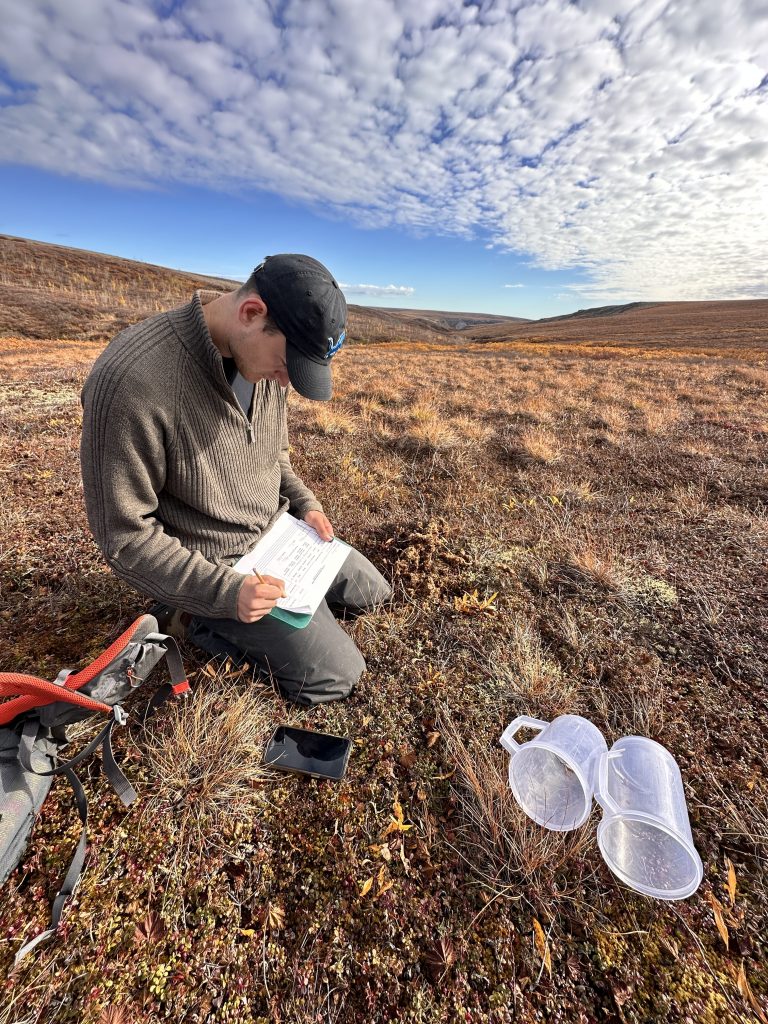

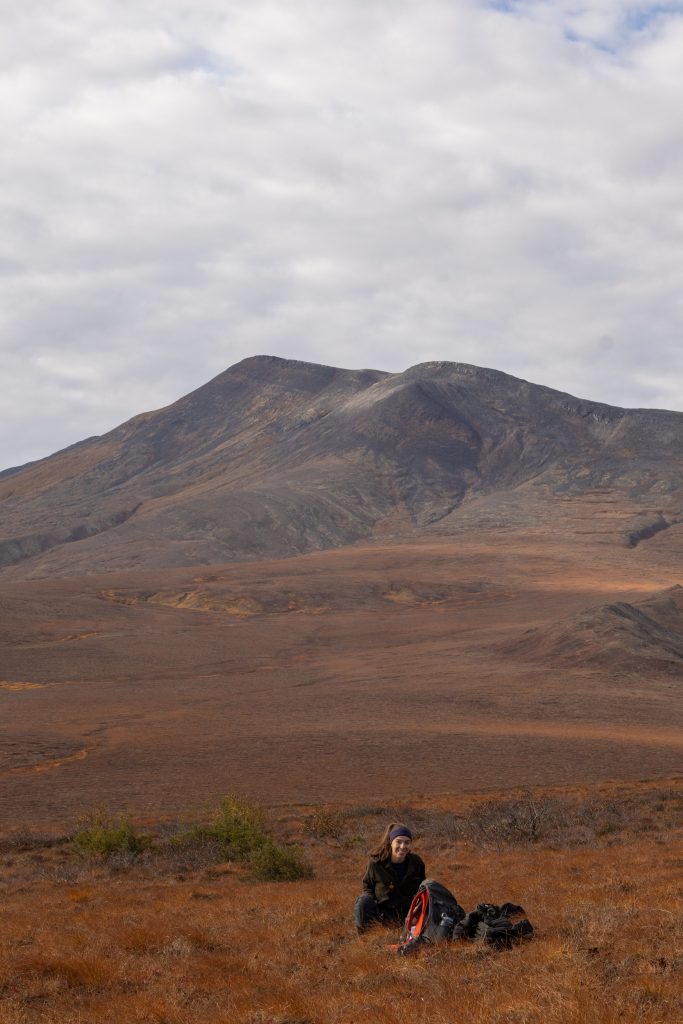
This project is a collaborative research initiative comprised of an Elder advisory committee, Indigenous community members, researchers at Saint Mary’s University, the University of Victoria, and the Government of Northwest Territories, and various support staff working together to learn more about berries across the Northwest Territories. Known as the “Berry Happy Pickers”, this group interviews local Indigenous knowledge holders and applies community mapping techniques to understand which berries are picked by people and animals, where berries are harvested, how berries are used, which barriers or opportunities exist in accessing berries, and how berry quantities or qualities might be changing.
From our lab, Karl is analyzing the community mapping data to model current and projected key cranberry-picking locations in the Gwich’in settlement region. Michaela is also using community mapping techniques and TEK to create a cloudberry species distibution model. Meanwhile, Megan is summarizing the interview data into regional reports, a berry plant identification and harvesting guide, and a berry ripening calendar.
This Territory-wide, women-led project weaves together different ways of knowing to support the health of the berries, the health of the land, and the well-being of the people.
Berry productivity in Inuit Nunangat
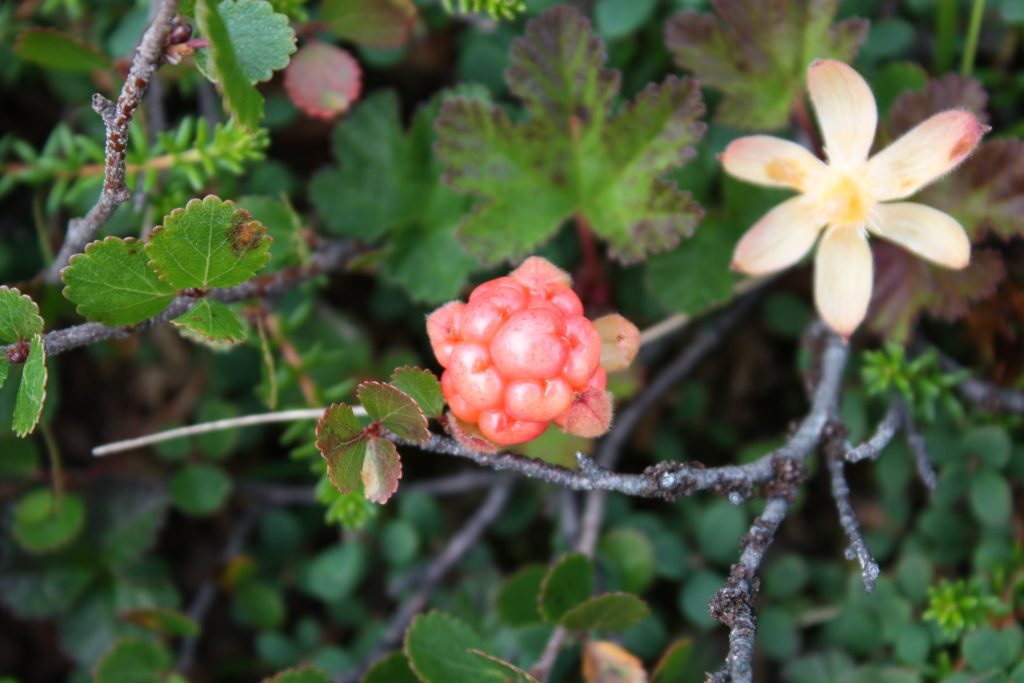

Since 2008, Northern residents, students and researchers have been monitoring the abundance of berries in Inuit Nunangat, an area composed of the Inuvialuit Settlement Region, Nunavut, Nunavik and Nunatsiavut. More than 15 years ago, communities expressed interest in collaborating to understand how berry abundance and quality are changing as the Arctic warms. The species monitored include blueberries, cranberries, crowberries and cloudberries, all important for harvesting and food sovereignty across the North. The abundance of these berries throughout the last 15 years is visualized on the Dashboard, which also allows researchers and community members to add to the data at any time.
To see the berry data visualized, visit the Dashboard at https://uvgeog.maps.arcgis.com/apps/dashboards/a6ca8b2e7f424a05b87841cf5e5fe170
Plant-herbivore interactions in Iceland
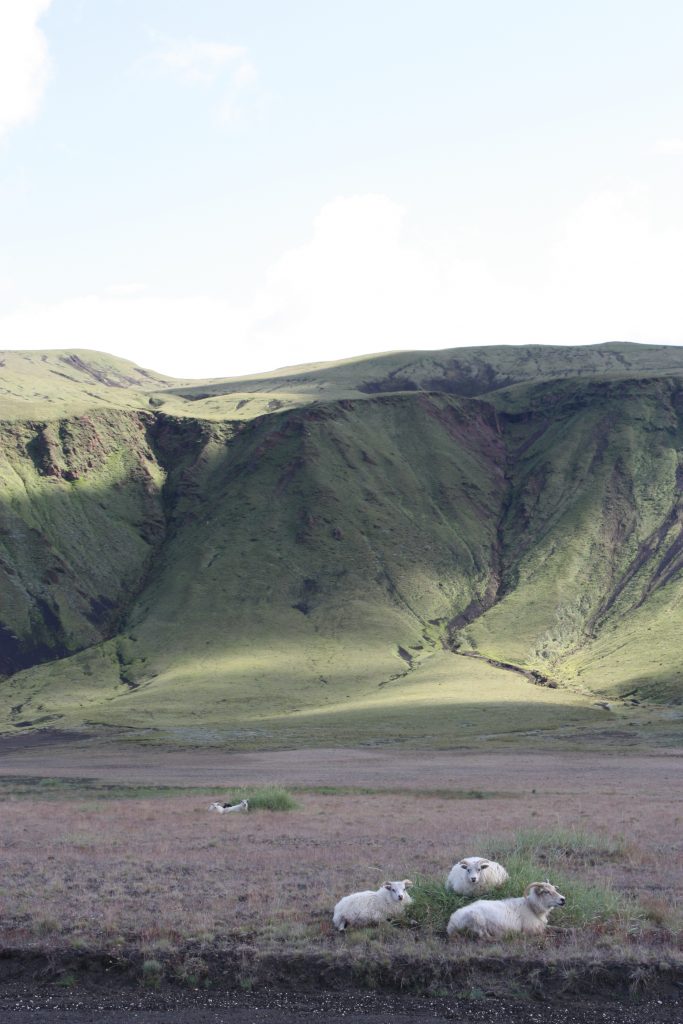
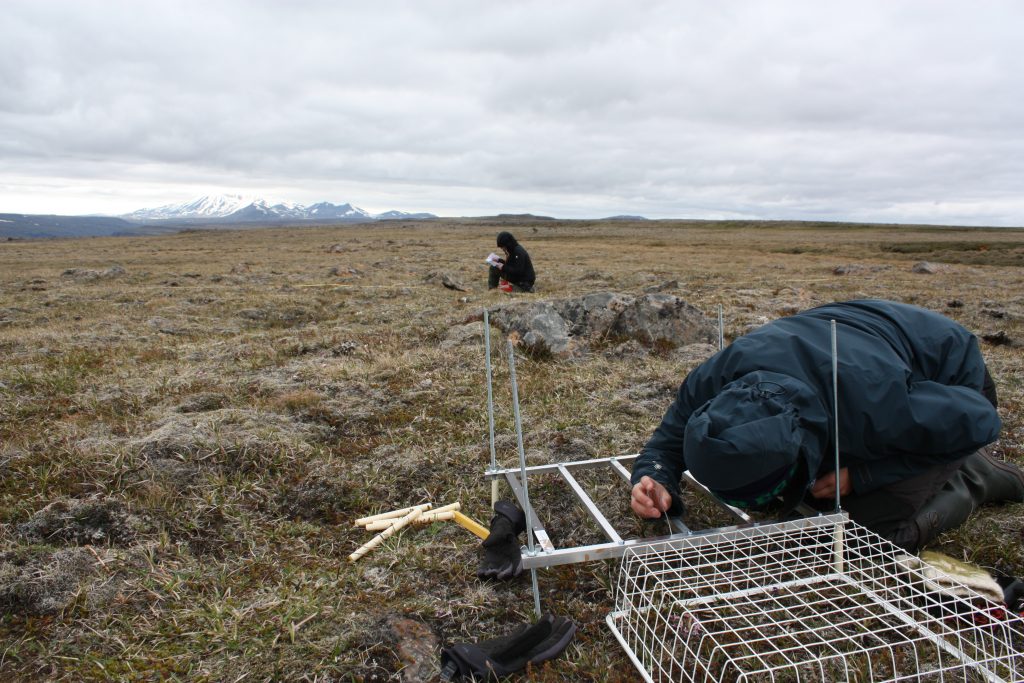
Research in Iceland is investigating the relative impact of wild and domestic herbivore on vegetation using fecal pellet count and exclosure experiments while documenting sheep farmers’ knowledge of environmental changes.